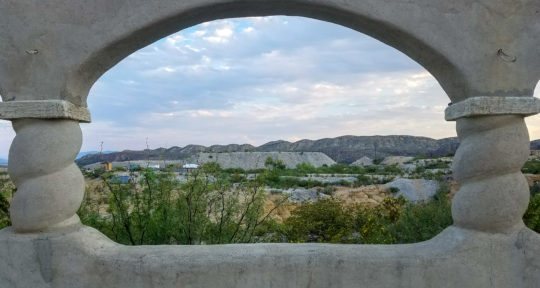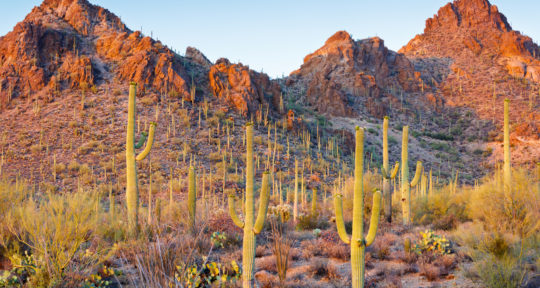The National Prohibition Act of 1919 created a lucrative opportunity for entrepreneurs along Texas’ back roads to supply illegal alcoholic beverages to thirsty travelers. The small town of Glen Rose embodied the moonshine movement, earning the title of the “Whiskey Woods Capital of Texas.”
Texans sure do love their outlaws. In the nineteenth century, popular culture was brimming with stories of gunslingers and horse thieves. With Prohibition, a new type of outlaw sprang forth: the bootlegger. The hills became studded with whiskey stills and cisterns brimming over with beer. With plenty of trees and ground cover to hide the moonshining operations and rivers providing needed water, the area was perfect for local home-grown distillers.
In the early 1900s, Glen Rose and the surrounding Somervell County welcomed tourists attracted by the region’s healing mineral springs. As the fortunes of the town declined in the ‘20s and ‘30s, Glen Rose turned from a popular destination for those wishing to recover their health to a place where questionable characters could drown their sorrows in unlawful drink.
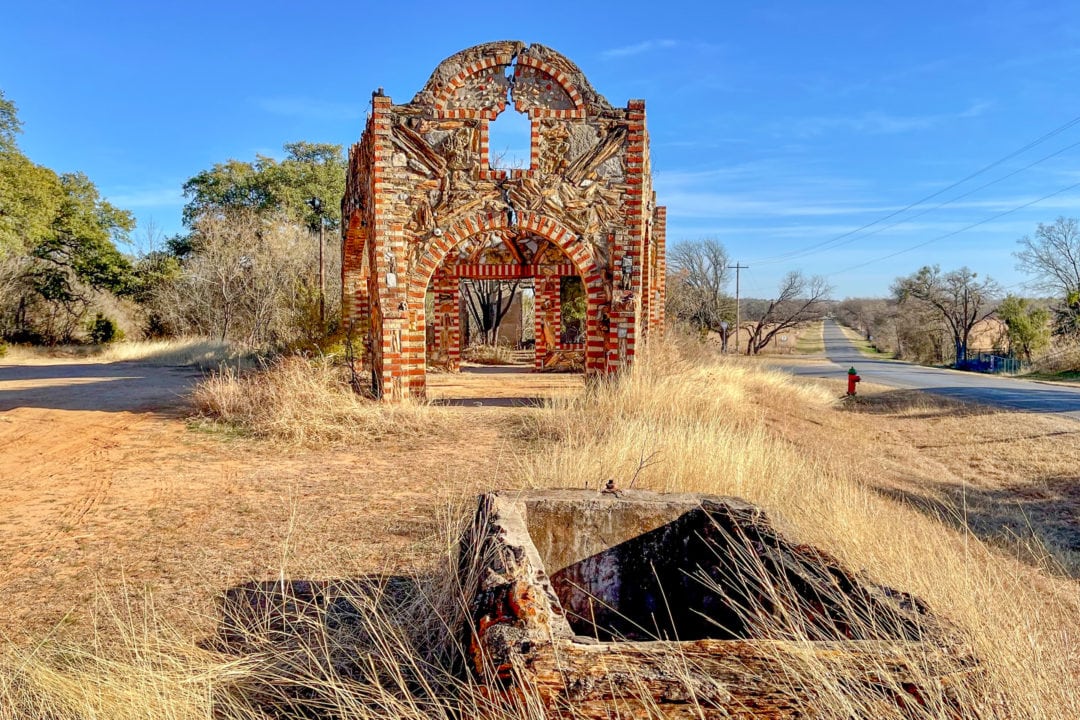
On Old Highway 67, a crumbling yet majestic structure still bears testimony to this colorful era of mostly-forgotten Texas history. Gutted by time and nature, walls made of petrified wood and brick are all that remain of Outlaw Station, a Prohibition-era gas station-turned-speakeasy.
Outlaw Station
In the 1920s, Ed Young, an enterprising service station owner, expanded his business to include the sale of moonshine. According to locals, Ed pumped gasoline in the front while a party was going on in the back. At one point, he was selling more moonshine than gasoline.
On an early winter morning, I visit the now-abandoned station, interrupted only by the sounds of cawing birds and the occasional passing motorist. What a sight it must have been at night, driving up the pitch-black road leading to the illuminated station on the edge of town; a welcoming haven to wandering ramblers seeking to fill up more than their gas tank.
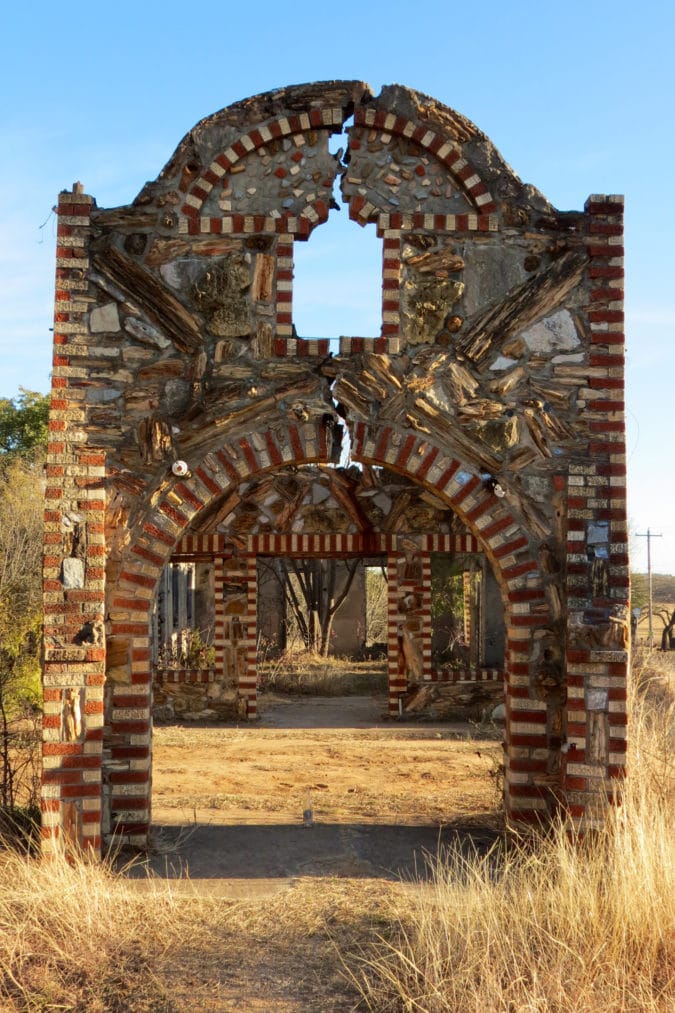
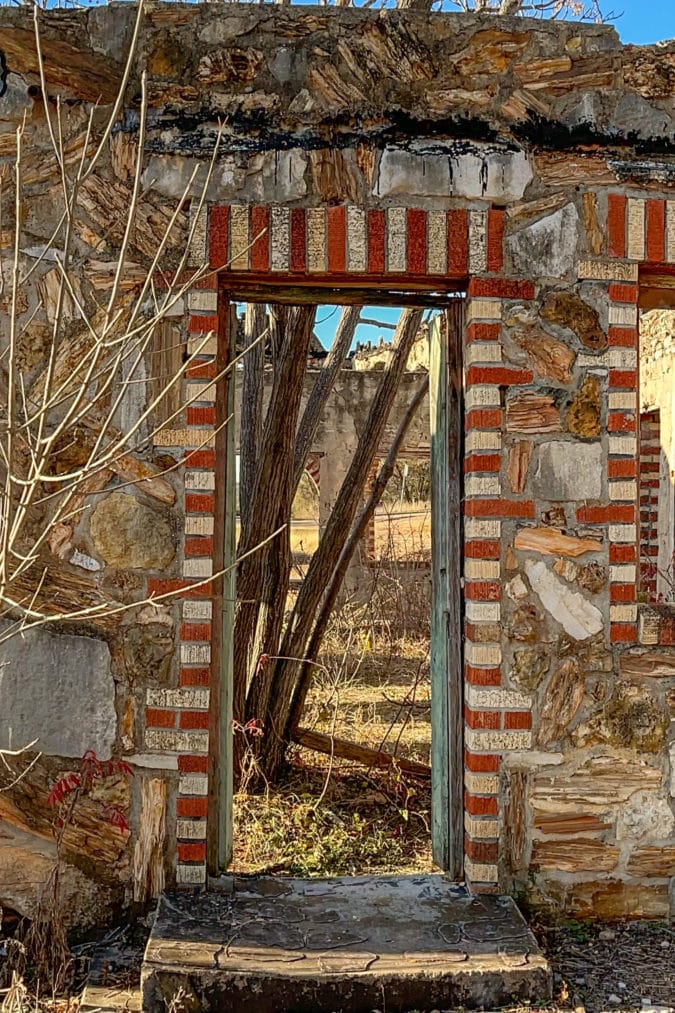
Moonshining, or the unlicensed distillation of spirits, traces its Texas roots much further back than Prohibition, to the early pioneers. Making moonshine was often a family operation with distinctive recipes and techniques, passed down through generations. Adding a variety of ingredients to increase the whiskey’s color and flavoring was a common practice; the soft drink Dr. Pepper, created in Waco in the late 1880s, was a popular additive.
Glen Rose’s proximity to Dallas and Fort Worth assured the bootlegger plenty of customers. A backwoods economy flourished during Prohibition; local legend says that most residents of Somervell County were involved in the creation or distribution of moonshine at one time.
Now just a shell of the original structure, Young’s Outlaw Station is missing its roof but the fireplace chimney still stands. With an enormous crack splitting the façade of the front wall, it’s impressive that it’s survived at all. Constructed using petrified wood and fossilized stones, the surprisingly decorative and stylish building features contrasting bands of red and white brick and beautiful, high-arched openings where the gas pumps once stood. Empty sockets are all that remain of lights that once lined the arches like a movie theater marquee.
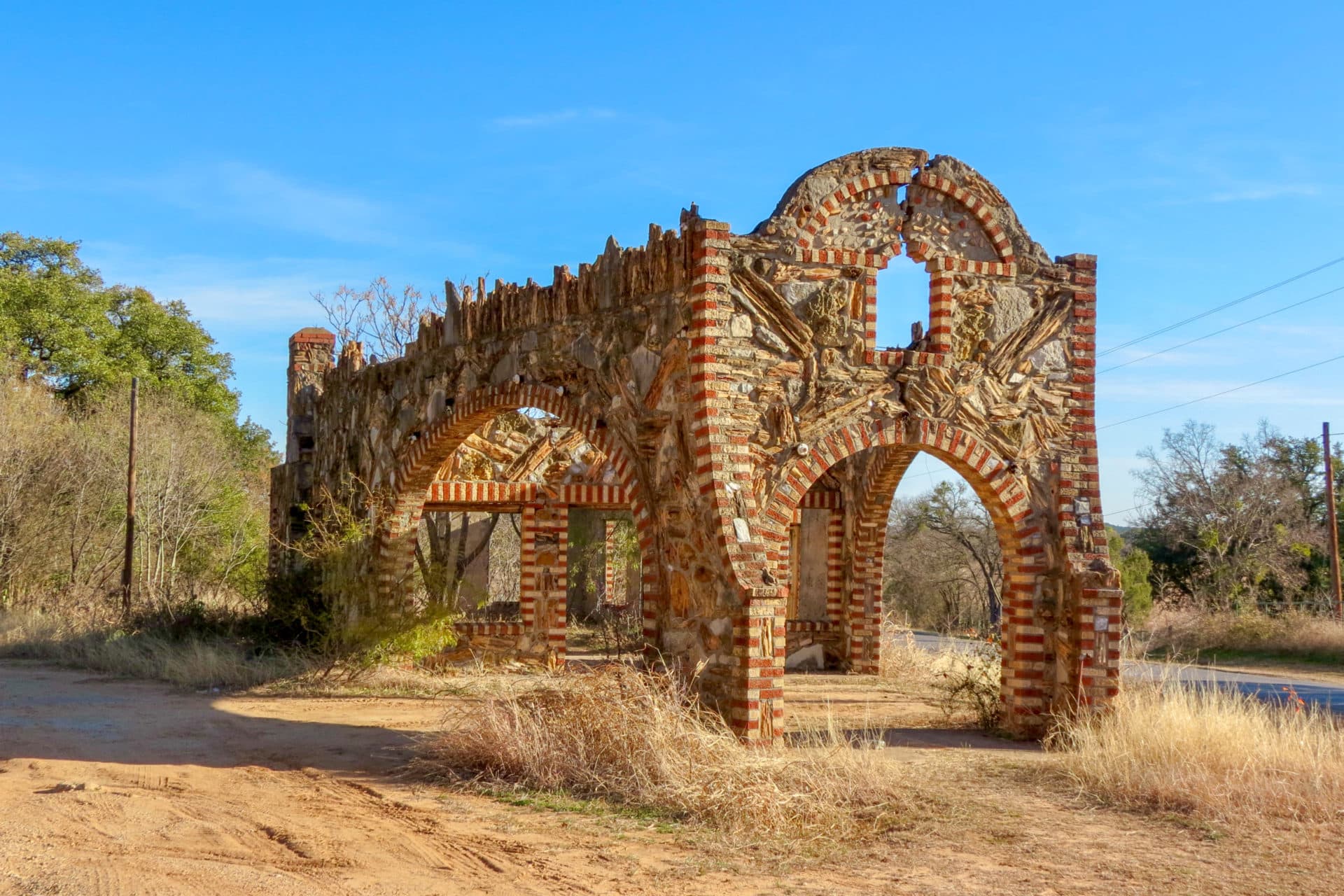
Petrified City
Although people come from all over the world to see the region’s famous dinosaur footprints, the small town of Glen Rose is also known to fossil hunters as “Petrified City” for its deposits of fossilized wood.
One hundred fifteen million years ago, the area was a lush, marshy forest. Tall trees fell into the mud and silt of a shallow sea, combining with minerals and other elements to create the glimmering colors and hard outer surface of petrified wood. Somervell County farmers began uncovering massive deposits of petrified trees in the red clay soil while plowing their fields, and people soon learned that the fossils served nicely as a brick substitute.
Buildings constructed with petrified wood popped up all over the city. Local stonemason Gran Norman, known as “Pop,” was an artist in his own right. Residents called on Pop to embellish their existing facades with the fossilized wood, incorporating gleaming white quartz and other calcified stones as additional decorative elements into fences, retaining walls, and arched openings.
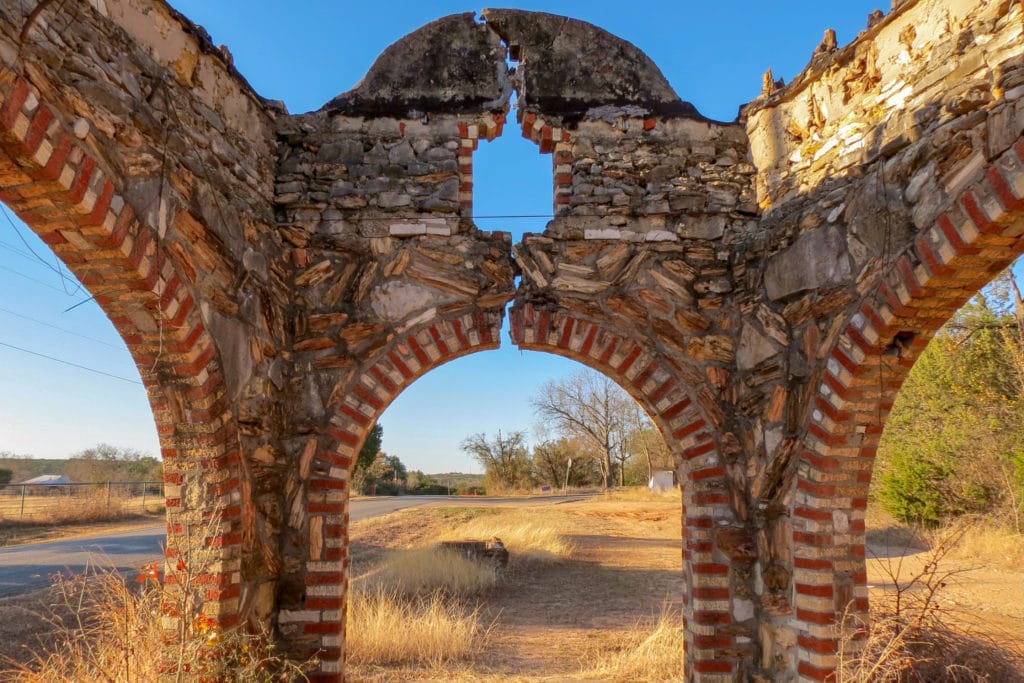
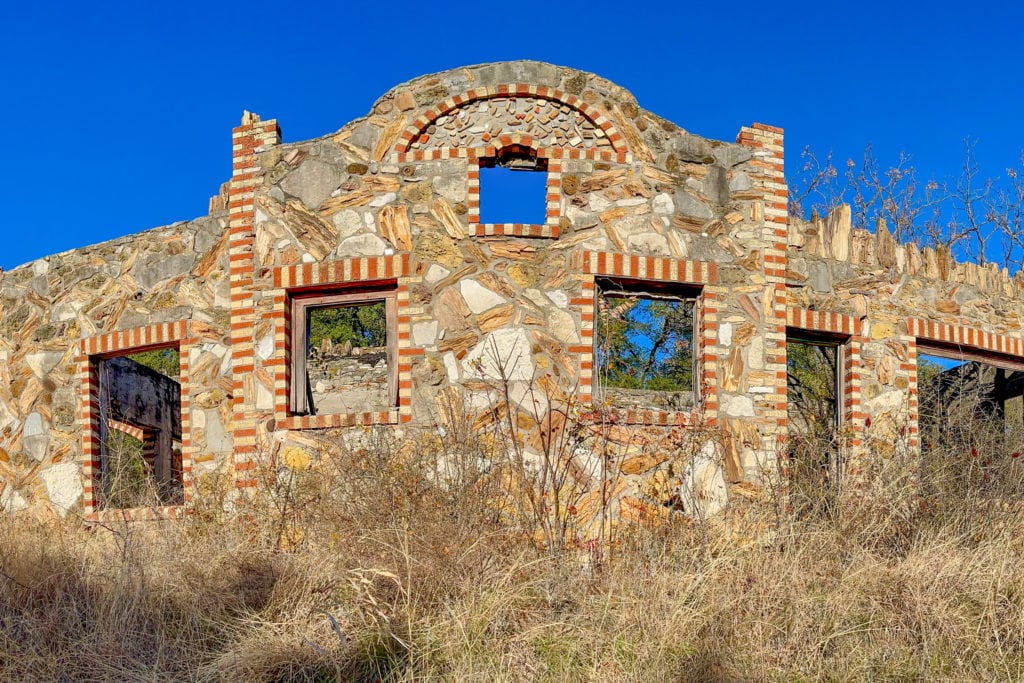
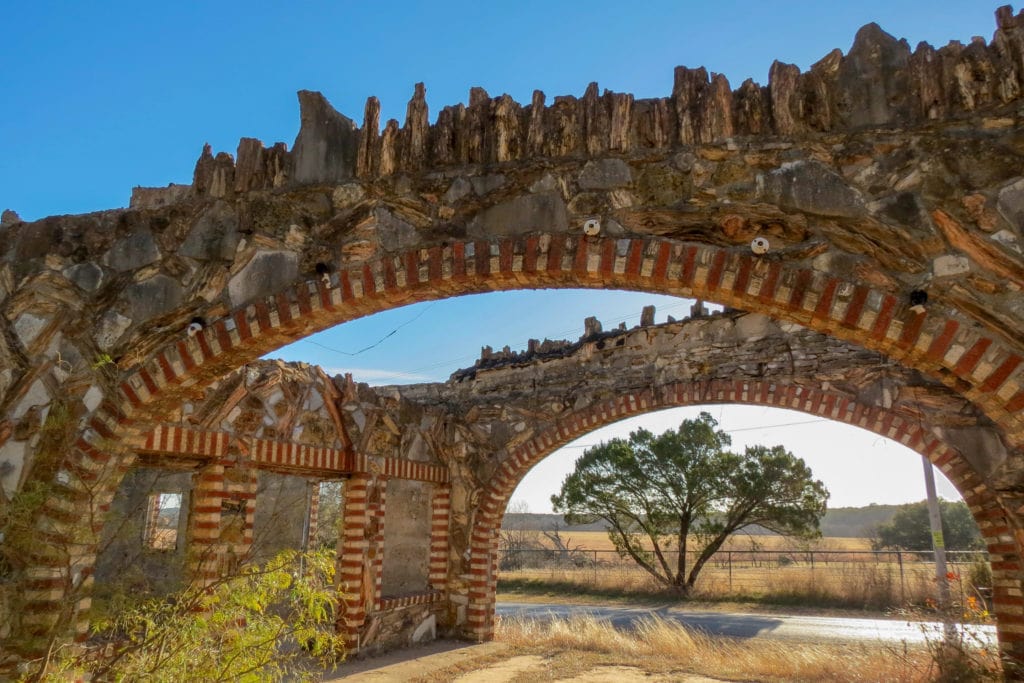
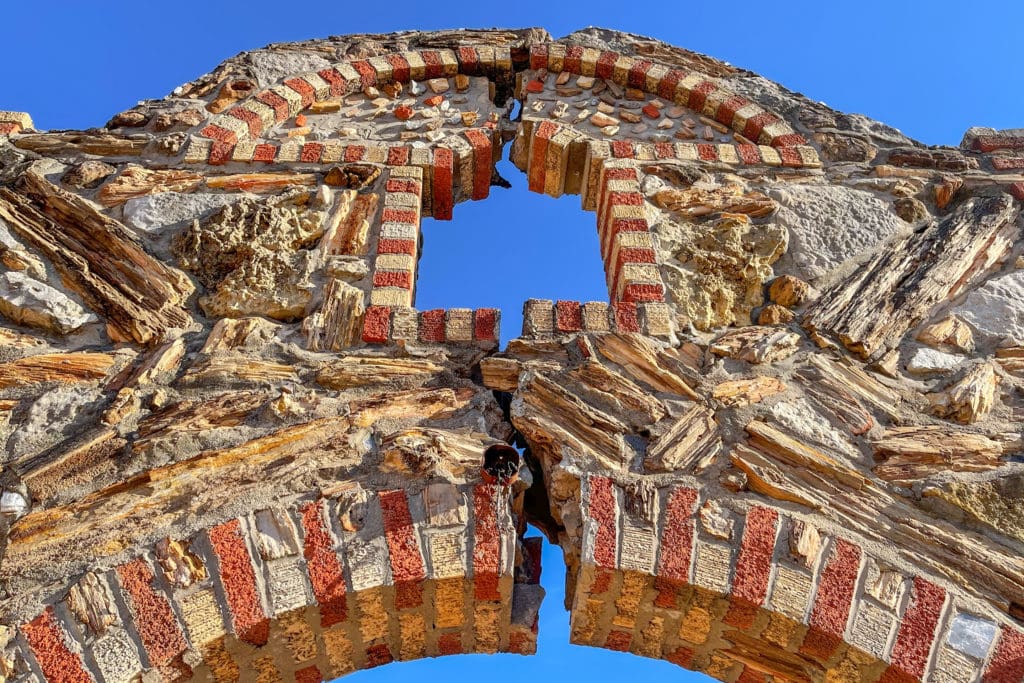
Famous customers
An unsubstantiated rumor claims that Bonnie and Clyde were some of Young’s regular customers. The legendary pair hailed from Dallas—80 miles northeast of Glen Rose—and were most likely familiar with the back roads and small towns in these parts. A joint like this would have been just their style: a secret spot on the edge of town offering liquid libations to friends and trusted clients.
Across the road from Outlaw Station was the White Rock Roadhouse. Noticing the steady stream of automotive traffic at Young’s service station, the owner of the roadhouse decided to get in on the action. Travelers could wheel through Outlaw Station, pick up a gallon of hooch, park, stroll over to the waystation to drink, and if they imbibed too heavily, there was usually a room available to rent and sleep it off.
The moonshine business declined after Prohibition ended in 1933, although some say that you can still find the legendary liquid in the backwoods of Somervell County. Outlaw Station became a legitimate gas station and a small grocery store through the 1960s, until it was abandoned for good.
The White Rock Roadhouse was demolished in 2015, but the building’s foundation is still here. I swear I can hear the faint cords of a Texas swing steel guitar floating in the air. For any adventurous traveler, geologist, or lover of architecture, the surprisingly beautiful and photogenic ruins of Outlaw Station are more than enough reason to stop—even if you leave thirsty.
If you go
Outlaw Station is located along Old U.S. Highway 67 on the outskirts of Glen Rose, Texas.

